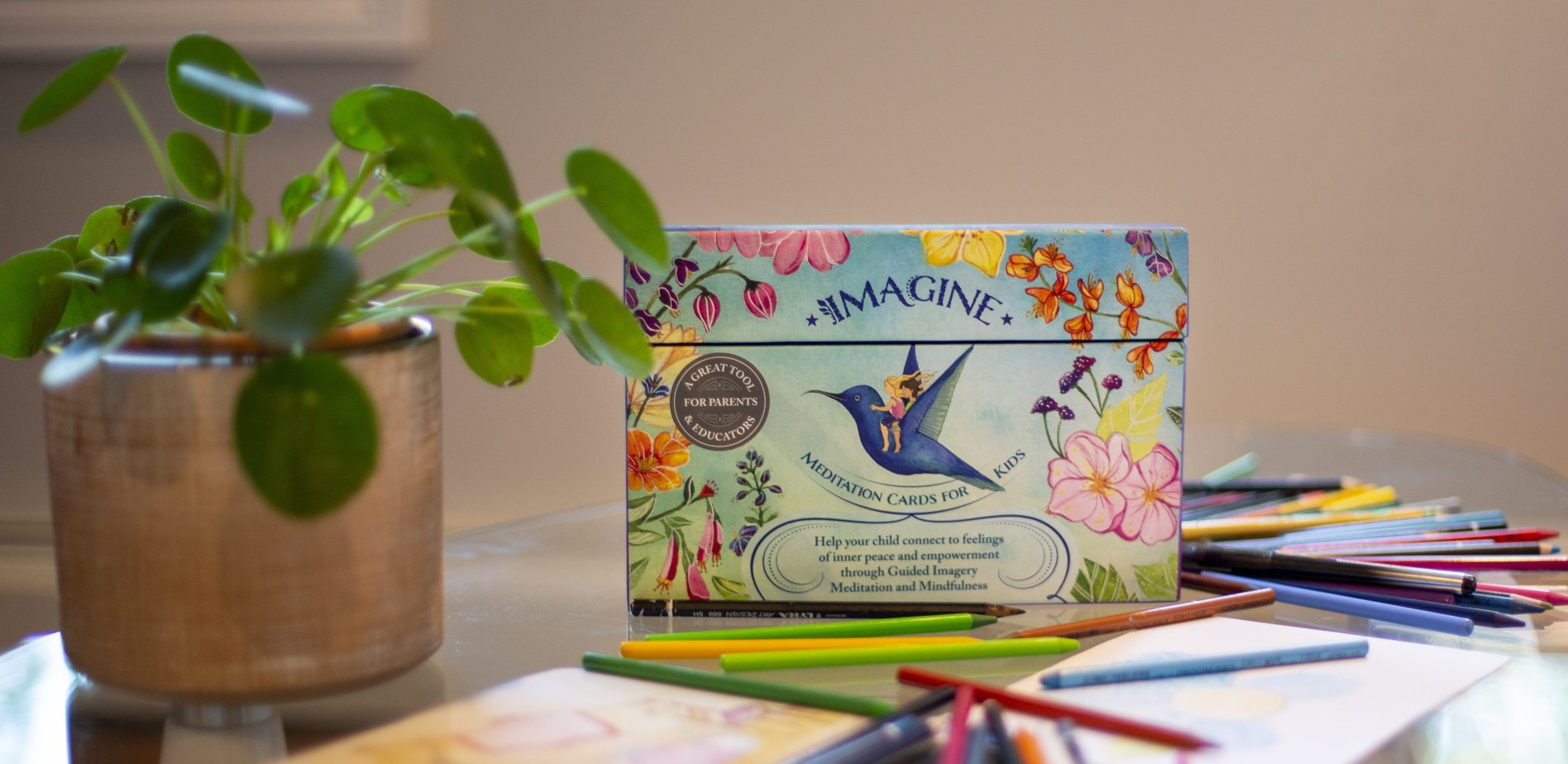Keep Calm and… What? #2020AreYouForReal
There are so many 2020 jokes and memes out there, as this challenging year has yet to end. While no one really knows what 2021 will bring, it seems like it just has to be better than this year.
It’s like we’re all on this rollercoaster ride together, trying to think happy thoughts as we barrel through the 50th vertical loop in a row. Let’s face it, stress has reached a new high – and this after already hitting record high levels in the days prior to COVID-19. (Doesn’t that make you a bit nostalgic, thinking about the days before we knew a pandemic was afoot…?)
Our kids are excellent receptors of how we really feel, even if they can’t put it into words. They FEEL us. And they can sense the overwhelming environment (which is not unlike an avalanche of Tupperware as you open the cabinet door), whether it’s stemming from family, friends, or school teachers.
There is so much information flying around out there that’s hard to digest. Kids hear snippets about the growing number of “confirmed cases” and about deaths and the economy and everything else going on right now. It’s no wonder that more and more kids have been experiencing stress- and anxiety-related symptoms.
So, here are 5 things you can do right now to ease things up a little (for yourself and for your kids):
1. Communicate – Talk more with your kids. Hear them out. Ask about their feelings. Inquire about how their day went. Share whatever you find right to share about your feelings and what you do to help yourself feel better.
Kids are so smart. They pick up so much from your words and use the things you say to better comprehend their own experience.
Filtering out the chaos couldn’t be more crucial to maintaining sanity these days (for everyone!). It can also help you keep track of what's going on with your child.
2. Breathe – Take a few breaks for deep breathing throughout the day.
There is so much hype surrounding the practice of deep breathing – but that’s because it works! You don’t need to prepare or plan anything. Just do it. It’s really easy and yet so beneficial.
Invite your kids to join you. This can help anyone who is stressed out to lessen their sense of momentum.
3. Visualize – Take a few moments to connect with yourself. Imagine you’re in a new reality that doesn’t include any of the world’s current problems. The pandemic has been solved, and everything else is accelerating toward thriving. Feel the joy and relief of a worry-free realm. Try to focus on this pleasurable experience for a short while.
We are usually so busy visualizing all the problems in the world, or the things that could go wrong in our lives, that we don’t even realize we’re doing it. Try to add in some of the opposite. Focus on what the solution could look like – or even better, how it would make you feel.
Allow yourself to take a break from your personal worries. This obviously won’t make them disappear, but it can help you strengthen your resilience when facing them.
After you’ve had this experience, share it with your kids. They can probably do it even better… ;-)
4. Rest / Cry / Sing / Write – Do anything that nurtures your feelings.
WE ARE GOING THROUGH A LOT. Acknowledge and respect your feelings and nourish your body on a daily basis. Find ways to maintain your well-being as much as you can.
Offer your kids the same opportunity. Try to go easy on everyone.
5. Laugh – Look up jokes and funny memes. This is one area where 2020 is really fruitful.
Share the right ones with your kids. Let them see you have a good laugh. :-D
The Imagine Blog



